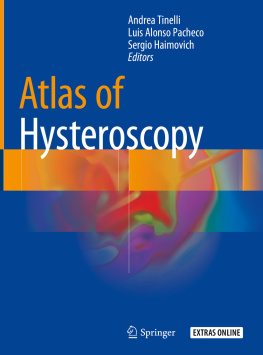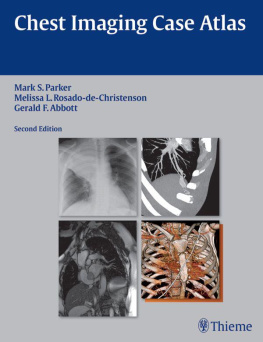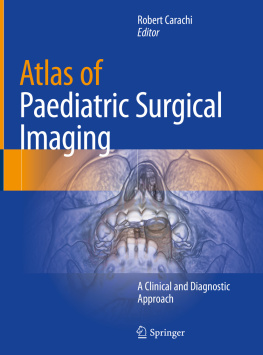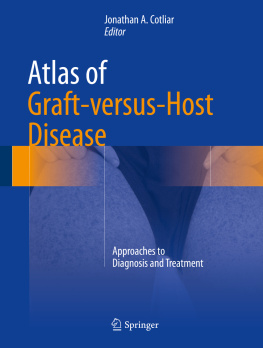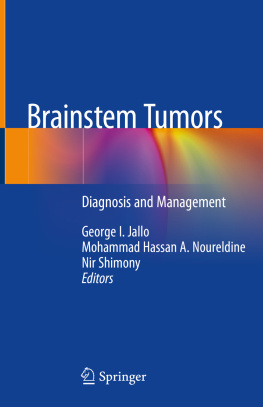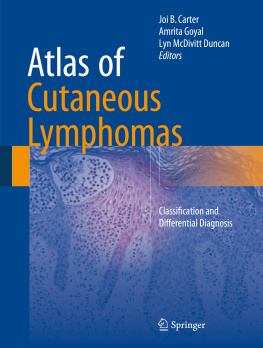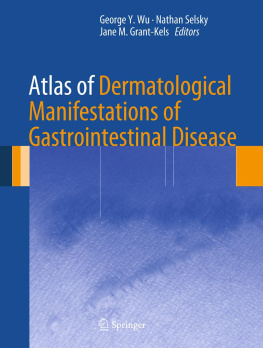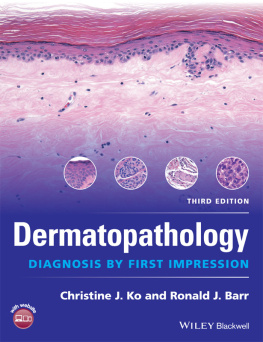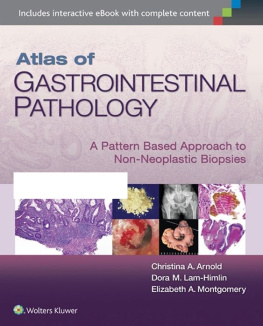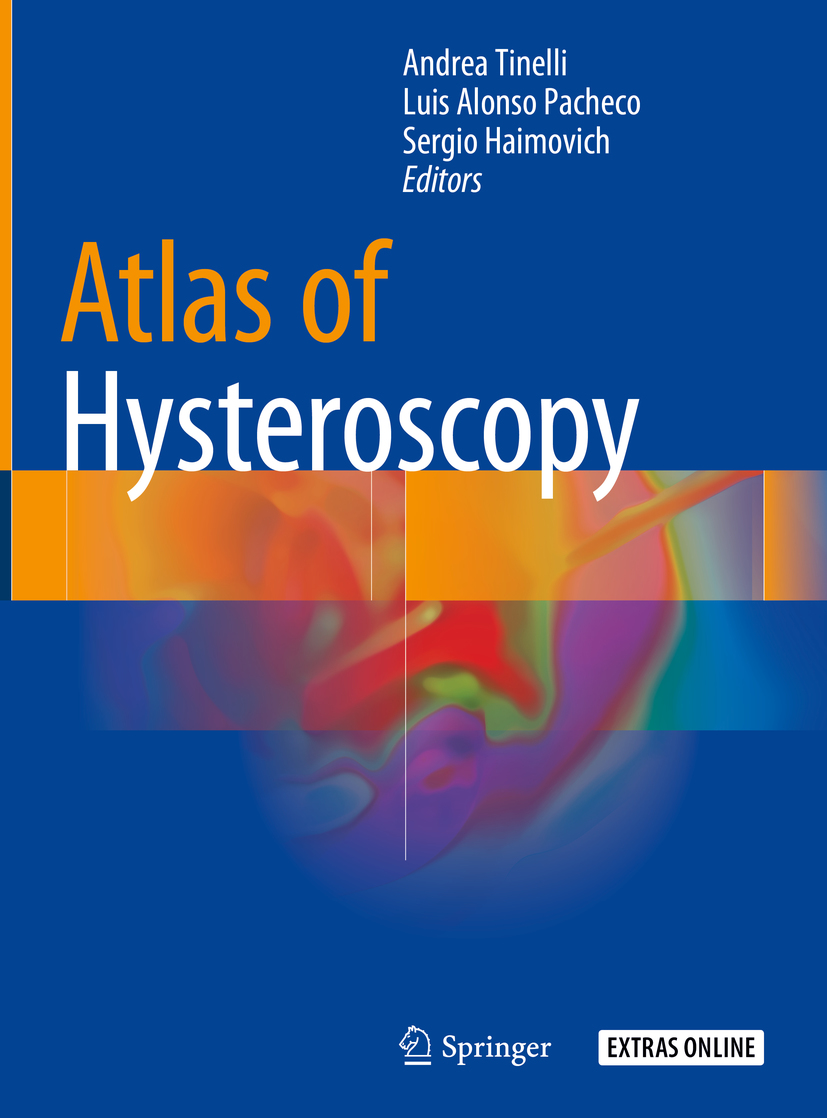Editors
Andrea Tinelli , Luis Alonso Pacheco and Sergio Haimovich
Atlas of Hysteroscopy
Editors
Andrea Tinelli
Department of Obstetrics and Gynaecology, Vito Fazzi Hospital, Lecce, Italy
Luis Alonso Pacheco
Malaga Hysteroscopy Unit, Gutenberg Institute, Mlaga, Spain
Sergio Haimovich
Hysteroscopy Unit, Del Mar University Hospital, Barcelona, Spain
ISBN 978-3-030-29465-6 e-ISBN 978-3-030-29466-3
https://doi.org/10.1007/978-3-030-29466-3
Springer Nature Switzerland AG 2020
This work is subject to copyright. All rights are reserved by the Publisher, whether the whole or part of the material is concerned, specifically the rights of translation, reprinting, reuse of illustrations, recitation, broadcasting, reproduction on microfilms or in any other physical way, and transmission or information storage and retrieval, electronic adaptation, computer software, or by similar or dissimilar methodology now known or hereafter developed.
The use of general descriptive names, registered names, trademarks, service marks, etc. in this publication does not imply, even in the absence of a specific statement, that such names are exempt from the relevant protective laws and regulations and therefore free for general use.
The publisher, the authors, and the editors are safe to assume that the advice and information in this book are believed to be true and accurate at the date of publication. Neither the publisher nor the authors or the editors give a warranty, expressed or implied, with respect to the material contained herein or for any errors or omissions that may have been made. The publisher remains neutral with regard to jurisdictional claims in published maps and institutional affiliations.
This Springer imprint is published by the registered company Springer Nature Switzerland AG
The registered company address is: Gewerbestrasse 11, 6330 Cham, Switzerland
Contents
Part I
Osama Shawki and Yehia Shawki
Alfonso Arias and Alicia beda
Nash S. Moawad , Alejandro M. Gonzalez and Santiago Artazcoz
Part II
Mykhailo Medvediev
Jos Metello and Joo Mairos
Ricardo Bassil Lasmar , Ivano Mazzon and Bernardo Portugal Lasmar
Jaime Ferro , Sunita Tandulwadkar , Pedro Montoya-Botero and Sejal Naik
Narendra Malhotra and Jude Ehiabhi Okohue
Alexandra Garcia , Jose Carugno and Luis Alonso Pacheco
Mario Franchini , Paolo Casadio , Pasquale Florio and Giampietro Gubbini
Ettore Cicinelli and Alka Kumar
Sushma Deshmukh
Luis Alonso Pacheco and Laura Nieto Pascual
Jorge Enrique Dotto and Miguel A. Bigozzi
Paolo Casadio , Giulia Magnarelli , Andrea Alletto , Francesca Guasina , Ciro Morra , Maria Rita Talamo , Mariangela La Rosa , Hsuan Su , Jessica Frisoni and Renato Seracchioli
Part III
Sergio Haimovich and Roberto Liguori
Attilio Di Spiezio Sardo , Alessandro Conforti , Enrica Mastantuoni , Carlo Alviggi and Jose Jimenez
Marco Gergolet and Michael Kamrava
Jose Carugno and Antonio Simone Lagan
Jos Alanis-Fuentes , Liliana Morales-Domnguez and Abril Camacho-Cervantes
Andreas L. Thurkow
Shlomo B. Cohen and Gennario Raimondo
Bruno J. van Herendael
Springer Nature Switzerland AG 2020
A. Tinelli et al. (eds.) Atlas of Hysteroscopy https://doi.org/10.1007/978-3-030-29466-3_1
1. Vaginoscopy
Osama Shawki
(1)
Obstetrics and Gynecology Unit, Cairo University, Cairo, Egypt
Osama Shawki
Yehia Shawki (Corresponding author)
Keywords
Hysteroscopy Vaginoscopy Mullerian anomalies Vaginal septum OHVIRA
The history of vaginal examination dates back to ancient times and has, hitherto, been a rite of passage into womanhood. Revolutions in this gateway field have been few and far between, with the most notable of which coming from J. Marion Sims in 1845 when he fashioned the first crude speculum from a pewter spoon []. This method, however, still did not allow full examination of the vagina due to the inability to maintain distension of the potential space (vagina). The proposal of a new modification to inspect the vagina was proposed by Osama Shawki dubbed the Shawki technique which includes approximation of the vulva to avoid leakage and ballooning of the vagina exposing all the vaginal walls, fornices as well as the portio vaginalis of the cervix. This technique bears all the advantages of the aforementioned technique in terms of pain relief and gains a more effective view of the vaginal canal and ectocervix. It has also been revolutionary for the treatment of vaginal pathology such as OHVIRA syndrome for the obstructed hemi-vagina to be re-connected to the menstruating vagina.
These patients tend to present around the age of puberty when the menstrual cycle begins. Patients complain of severe cyclic lower abdominal pain during menstruation often requiring hospitalisation. As one hemi-vagina is communicating with the vulval orifice, there is no suspicion of Mullerian anomalies until further investigations are performed which include ultrasound examination and MRI.
These advanced studies would show a fluid collection in the vagina. The condition is most commonly associated with a bicornuate bicollis uterus, otherwise known as didelphys.
Another common association is ipsilateral renal agenesis on the same side as the obstructed hemi-vagina; thus a urological examination would prove prudent.
These cases were previously misdiagnosed and subjected to exploratory laparotomies which may have ended in a hemi-hysterectomy, removing the obstructed sides uterus. The fact that a lot of the patients are virgins proved a difficult point to navigate any vaginal approach in certain cultures where the hymen is of great importance.
With the new vaginoscopy technique implemented, exposure of the vagina is possible and the obstructed vagina can be accessed by utilising a resectoscope with a Collins knife inserted trans-hymenal and incising through the obstructing vaginal septum. This unification is a minimally invasive approach which respects the hymen and avoids the abdominal route whilst providing an instant cure for the condition.
Similarly, a longitudinal non-obstructing vaginal septum can be tackled by the vaginoscopic route as well.
This pathology, which is usually associated with a cervico-uterine septum, was previously treated surgically by clamping and excising the vaginal septum. This was then followed by hysteroscopic release of the uterine septum with or without incision of the cervical septum [].
In the vaginoscopic approach, the vaginal septum is tackled in a similar way to a uterine septum, again utilising the resectoscope with Collins knife inserted and incising the septum from caudal to cephalad until reaching the external cervical os.
In this technique the tissues retract and there is no need for any further excision. Progression to resecting the cervical and uterine septa is then possible hysteroscopically.

